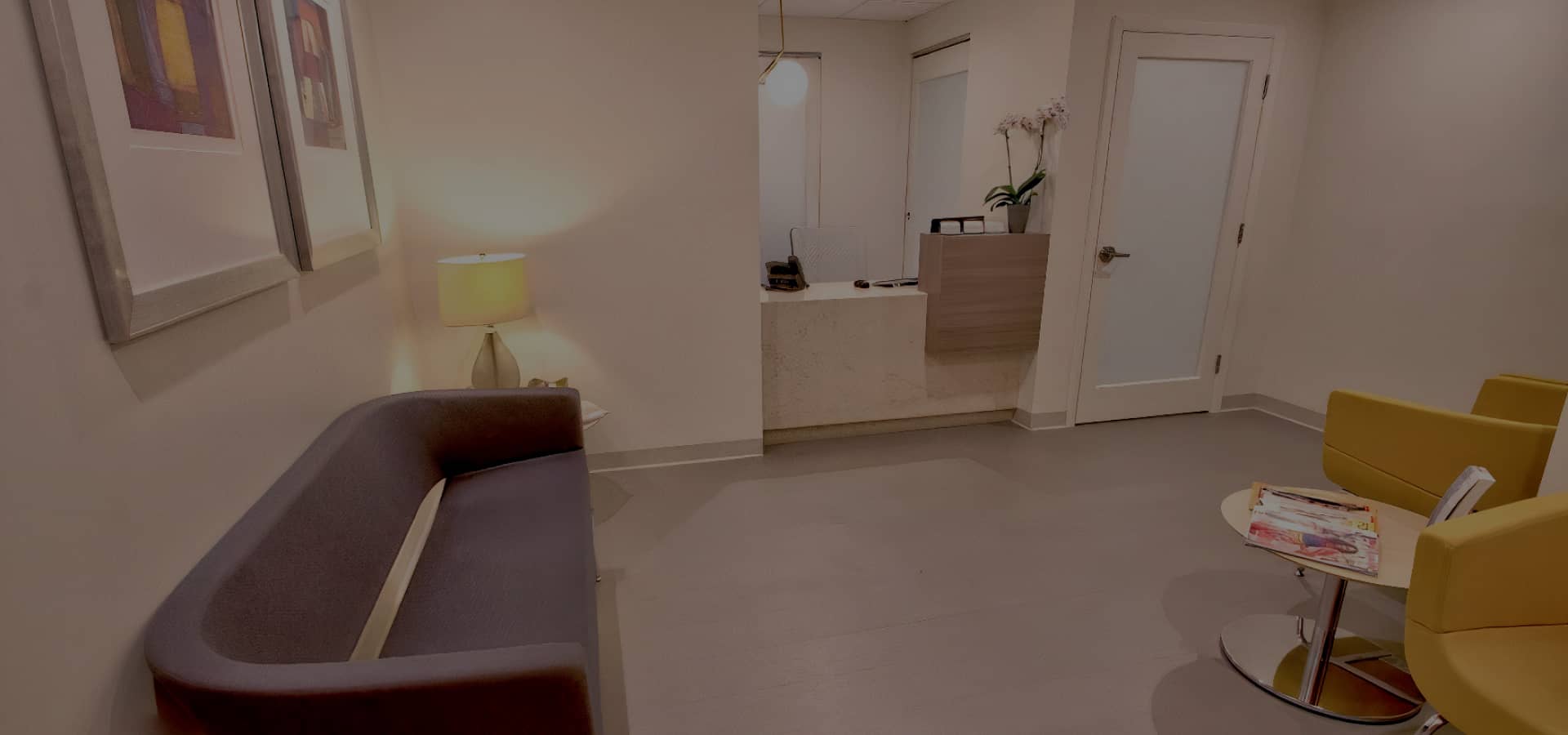If you’re considering rhinoplasty, one of your biggest concerns is probably how much pain you’ll experience. Fortunately, most patients report that rhinoplasty is not as painful as they expected. While discomfort is a part of the healing process, significant pain is rare. Instead, you’re more likely to experience swelling, congestion, and mild tenderness rather than intense pain. With proper care, the recovery process is manageable, and you’ll return to your routine in no time.
Dr. Anthony Bared, a double board-certified facial plastic surgeon in Miami, specializes in rhinoplasty procedures to enhance aesthetics and function. He understands the concerns of his patients and takes every measure to ensure their comfort before, during, and after surgery. In this guide, we’ll walk you through what to expect at every stage of the rhinoplasty journey.
What You Can Expect Before Rhinoplasty:
- The consultation and planning phase: Before surgery, you’ll meet with Dr. Bared to discuss your goals and expectations. He will assess your nose’s structure, skin type, and overall facial harmony to determine the best surgical approach. You’ll also be able to ask any questions and address concerns, including pain management.
- Pre-operative instructions: To ensure a smooth procedure, you’ll receive detailed preparation instructions. This may include stopping certain medications, avoiding smoking, and arranging for someone to drive you home after surgery. Following these guidelines will help minimize complications and make your experience as comfortable as possible.
- Mental and emotional preparation: Undergoing rhinoplasty is an exciting but significant decision. Feeling a mix of anticipation and nervousness is normal. Dr. Bared and his team will ensure you feel confident and informed before the big day, address any last-minute concerns, and help you set realistic expectations
What You Can Expect During Rhinoplasty:
- Anesthesia and sedation: One of the most reassuring aspects of rhinoplasty is that you won’t feel any pain during the surgery. Dr. Bared performs rhinoplasty under either general anesthesia or IV sedation, depending on the complexity of the procedure. This ensures that you remain completely comfortable and unaware during the operation.
- The surgical process: Rhinoplasty typically takes between one and three hours, depending on the type of procedure being performed. Dr. Bared will make incisions inside the nostrils (closed rhinoplasty) or across the columella (open rhinoplasty) to reshape your nasal structure. You won’t feel anything, and his technique ensures natural-looking results.
- Immediate post-surgical monitoring: After the surgery, you’ll wake up in a recovery area where the medical team will monitor you as the anesthesia wears off. Some patients feel groggy or slightly nauseous initially, but this sensation typically fades within a few hours. You’ll be given instructions for the first night of recovery before being discharged.
What You Can Expect after Rhinoplasty:
- Swelling and bruising: Swelling is the most noticeable part of rhinoplasty recovery. Your nose and the surrounding areas, including your eyes, may appear swollen and bruised for the first week. While it may look dramatic, this is completely normal. Most swelling subsides within two weeks, though subtle swelling can persist for months as your final results take shape.
- Congestion and breathing changes: Since nasal tissues swell post-surgery, you’ll likely experience congestion and difficulty breathing through your nose for a few days. Dr. Bared will provide guidance on how to keep your nasal passages clear without causing irritation, such as using saline sprays and avoiding blowing your nose.
- Mild discomfort, not severe pain: The good news is that rhinoplasty is not typically described as painful. Instead, patients report a sensation of pressure, tenderness, and mild discomfort rather than sharp pain. Dr. Bared prescribes pain medication as needed, but many patients find that over-the-counter pain relievers are sufficient after the first few days.
- Sleeping adjustments: To reduce swelling and promote proper healing, you must sleep with your head elevated for the first couple of weeks. Using extra pillows or a recliner can help keep your head in the right position and prevent accidental pressure on your nose.
- Activity restrictions: You must take it easy for the first few weeks after rhinoplasty. Strenuous exercise, bending over, and lifting heavy objects should be avoided to prevent increased swelling or bleeding. Dr. Bared will guide you on when you can safely resume activities.
- Stitches and splint removal: About a week after surgery, you’ll return to Dr. Bared’s office for a follow-up. During this visit, he will remove any external splints or stitches if necessary. While this process may feel slightly uncomfortable, it’s usually quick and painless. Most patients feel an immediate sense of relief as the swelling continues to subside.
- Long-term healing and final results: Most swelling and bruising will resolve within the first month, but your nose will continue to refine and settle for up to a year. The final nasal shape will gradually emerge over time. Dr. Bared schedules follow-up visits to monitor your healing progress and ensure that you’re satisfied with your results.
While rhinoplasty recovery does involve some discomfort, it is not typically described as painful. Most patients experience temporary swelling, congestion, and mild tenderness rather than pain. Dr. Anthony Bared is committed to providing the highest level of care, ensuring his patients feel comfortable throughout their rhinoplasty journey. If you’re considering nasal surgery and want to learn more about what to expect, schedule a consultation with Dr. Bared. Your ideal nose is within reach, and with the right surgeon, the process can be easier than you think.

